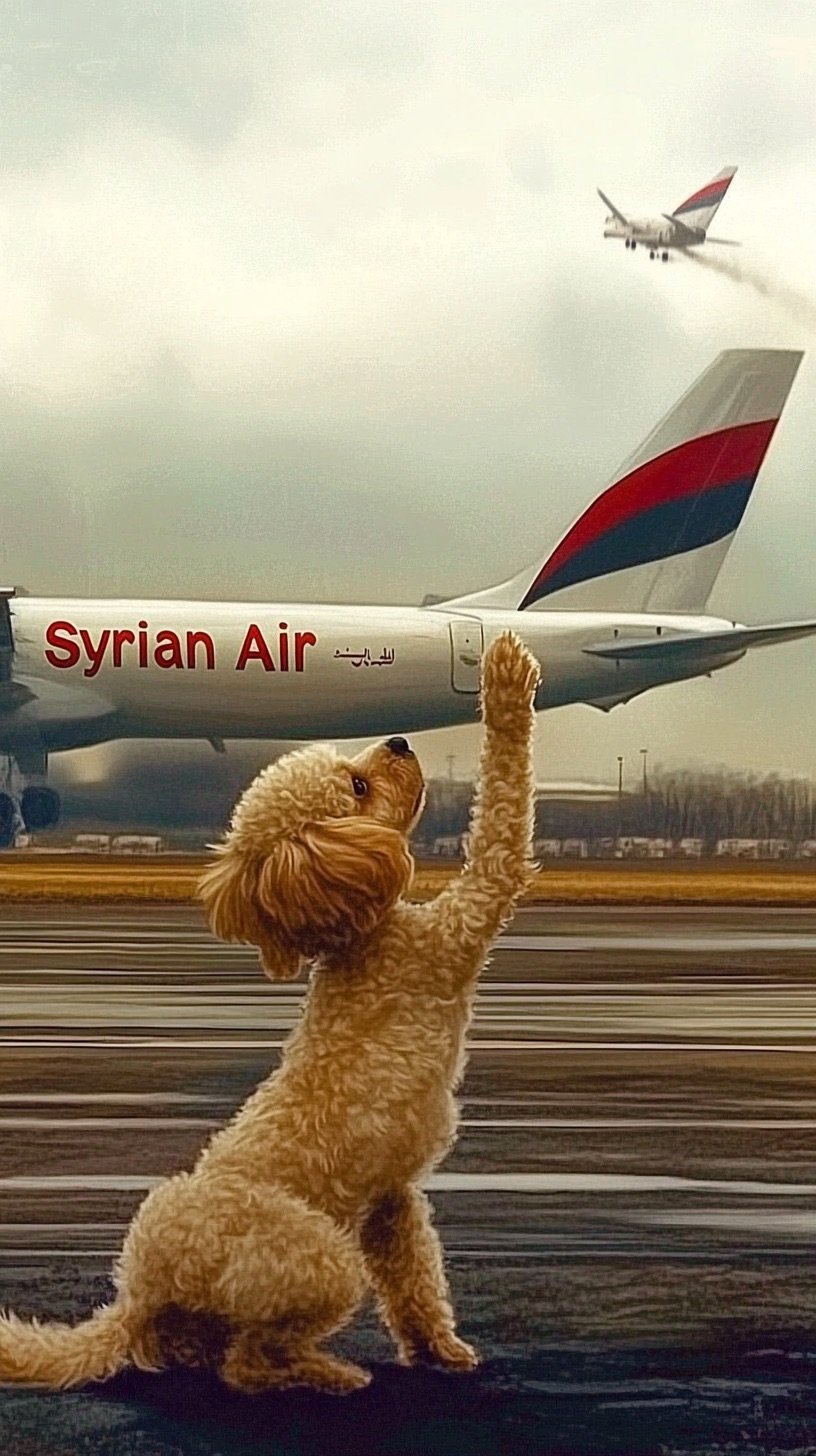FLOSSI WAVES GOODBYE TO A TYRANT
After the First World War, Syria and Lebanon were ruled by France under a League of Nations mandate, following the defeat of the Ottoman Empire. The governance structure, known as the French Mandate for Syria and Lebanon, officially began in 1923 and lasted until the mid-1940s. Here’s an overview of how France administered these territories:
Background:
Post-Ottoman Arrangement:
After World War I, the Ottoman Empire’s Middle Eastern territories were divided among the victors under the Sykes-Picot Agreement (1916). This agreement anticipated French control of Syria and Lebanon.
The League of Nations granted France the formal mandate for these territories in 1923, based on its claim to historical and cultural ties in the region and its military presence after the war.
Initial Occupation:
French military forces entered the region in 1920, defeating local resistance at the Battle of Maysalun and taking control of Damascus, the political and cultural heart of Syria.
Governance Structure:
Division into States:
France divided the Syrian mandate into several states along sectarian and regional lines to weaken nationalist unity:
State of Damascus
State of Aleppo
Alawite State (later Latakia)
Jabal Druze
Greater Lebanon (separated as a distinct entity, eventually becoming modern Lebanon)
This divide-and-rule strategy exploited ethnic and religious divisions to maintain control.
Direct French Rule:
France retained significant administrative authority over the region, appointing governors and officials and controlling foreign policy, security, and economic decisions.
Constitutional Development:
France introduced constitutions in Syria and Lebanon but maintained veto power over significant political decisions. Syrian efforts to gain independence were frequently rebuffed.
Resistance and Rebellion:
Syrian Nationalism:
Syrian nationalists resisted French rule, demanding independence and unification of the fragmented states.
The Great Syrian Revolt (1925–1927) was a large-scale uprising led by Druze leaders and Syrian nationalists, which France suppressed brutally using heavy military force.
Lebanese Response:
In Lebanon, the French fostered closer ties with the Christian Maronite community, creating tensions between Christian and Muslim populations. This favoritism fueled long-term sectarian divides.
French Policies:
Economic Exploitation:
France developed infrastructure but largely directed resources to benefit French commercial interests. Agriculture, trade, and industries like silk production were integrated into the French economy.
Cultural Influence:
France sought to promote French culture, language, and education, particularly in urban areas, creating a Francophone elite class.
Military Presence:
French troops were stationed throughout Syria and Lebanon to enforce order, quell uprisings, and secure French interests.
Toward Independence:World War II Impact:
During World War II, the Vichy French government initially controlled the region, but Free French forces, backed by Britain, took over in 1941.
Amid growing nationalist pressure and international support for independence, France agreed to gradually transfer power.
Full Independence:
Lebanon gained independence in 1943, followed by Syria in 1946, after prolonged negotiations and mounting resistance to continued French influence.
Legacy:
The French Mandate left a mixed legacy:
Administrative Fragmentation: The division of territories by France sowed divisions that affected regional unity.
Sectarianism: French policies deepened sectarian divides, particularly in Lebanon, influencing future conflicts.
Nationalism: Harsh rule fueled strong nationalist movements, which ultimately led to independence.





